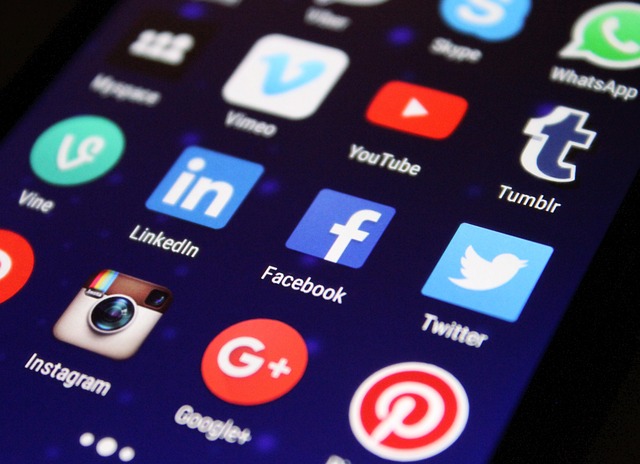
Exploring Social Simulation: The Latest Trends in Virtual Reality, Augmented Reality, and the Metaverse
In recent years, the fascination with social simulation has taken a significant leap forward, driven by advancements in technology and an increasing desire for immersive experiences. The emergence of Virtual Reality (VR), Augmented Reality (AR), and the Metaverse has transformed how we interact, collaborate, and socialize, creating exciting new platforms for individuals to connect beyond the constraints of physical reality.
Virtual Reality, with its fully immersive environments, allows users to step into a digital world, experiencing social interactions in ways previously thought impossible. Imagine attending a concert not just as an observer, but as an active participant among thousands, all from the comfort of your living room. VR platforms are not just recreating physical spaces; they are redefining the essence of community engagement, providing opportunities for users to engage in a myriad of social scenarios, from gaming marathons to virtual group therapy sessions.
On the other hand, Augmented Reality blends digital elements with the real world, enriching our everyday experiences. Consider the way AR applications bring people together, enabling collaborative experiences that feel personal yet expansive. For instance, tools like Pokémon Go have encouraged users to explore their surroundings while fostering connections with other players. In social simulation, AR acts as a bridge, allowing individuals to enrich their real-life interactions by overlaying digital enhancements that capture shared interests and experiences.
As we delve deeper into the Metaverse, we begin to see a convergence of these technologies, giving rise to a wholly integrated social simulation experience. The Metaverse represents a collective virtual space that combines aspects of both VR and AR, serving as a platform where users can create, share, and connect in a seamless and richly interactive environment. Within this digital realm, social simulation takes on new dimensions, where users can design their avatars, build worlds, and co-create experiences that reflect their aspirations, hobbies, and identities.
This interconnectedness of VR, AR, and the Metaverse signifies not only a technological evolution but also a profound shift in how we perceive community and interaction. Social simulation, therefore, becomes a vital aspect of our digital landscape, influencing our behavior and thoughts about social connectivity. It is challenging the traditional paradigms of interaction and encouraging us to forge new relationships based on shared virtual experiences.
With the rapid pace of innovation, social simulation is continuously evolving, presenting new trends and ideas that keep us engaged and excited about the possibilities. Whether it’s through a VR platform that immerses us in simulations of real-life situations, an AR application that enhances our daily social encounters, or navigating the vast expanse of the Metaverse, the future of social simulation promises to be rich with potential, making it an intriguing subject to explore.
As we look to the horizon, it’s clear that social simulation will play a crucial role in shaping our future interactions, blurring the lines between our physical and digital lives and enabling us to explore new ways of connecting with others.


